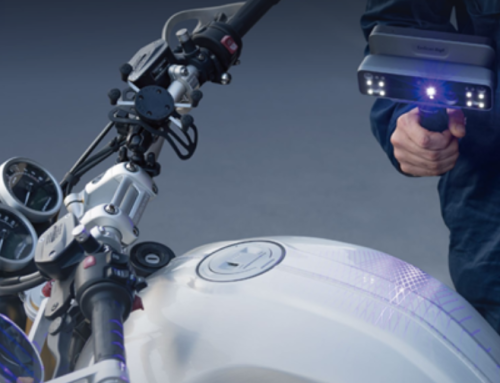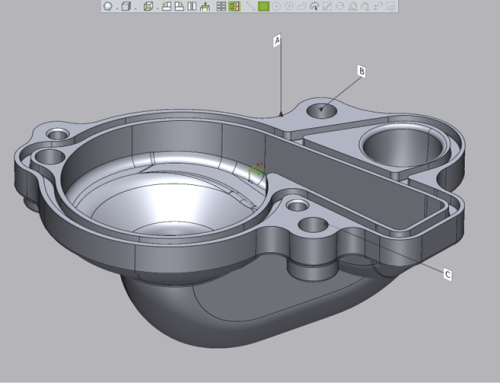
We recently posted a blog article about reproducing legacy auto parts with 3D scanning; this post is a follow-up to it. Today we are going to list just some of the benefits of using 3D scanning in the Automotive industry. This list is not exhaustive, but hopefully one of the applications or challenges listed here resonates with you. Whether you work for an OEM or a small custom shop, automotive designers, manufacturing engineers, R&D teams, quality inspectors and many other stakeholders can expect to benefit in several ways by bringing 3D scanning into their operations:
- Lower costs. As we have seen in many of these examples, using 3D scanning can streamline multiple steps in the design cycle, leading to faster design, prototyping, testing and manufacturing of vehicle parts. This means faster time to market and lower production costs.
- Faster design cycle. Before 3D scanning, modifying an existing automotive part often required extremely slow, low-resolution measurement using manual tools like calipers, gages, rulers or CMMs. Then a model or drawing would need to be created by hand to inform the modelmaker or prototyper before the part could be reproduced. The more complex the part, the more measurements were needed, and the more chances for missing or mismeasuring a critical feature. All of this can be done in a few minutes with 3D scanners, which can be up to nine times faster than CMMs and orders of magnitude faster than manual measurement. Again, this is very efficient when creating a design based on an existing part, or a new part that must interface with an existing part, because the 3D scan gives designers a big head start on 3D model creation. In some cases, manufacturers can even go directly from a 3D scan to tool or die milling, which reduces production time even more.
- Simpler prototyping. Rapid prototyping is an important part of the automotive design process. 3D scanning simplifies the process, enabling design teams to mill a scale model of an idea based on data from a 3D scan, or even 3D print a prototype based on a quick scan. These scans are also very helpful for comparing various iterations of a design idea, which helps reduce the number of cycles to attain a final concept. When the prototype is ready, 3D scanning can also be used to find any flaws.
- Better quality control. One of the most powerful applications of 3D scanning in automotive is inspection and quality control. 3D scanning enables fast, high-resolution inspection of finished parts to improve the manufacturer’s ability to spot flaws, imperfections and deviations from the intended design. The digital twin created by scanning allows for efficient automation of QA processes and archiving scan data allows analysis of manufacturing trends along one or many production runs.
- Enhanced product quality. 3D scanners deliver much higher-resolution results than manual tools, with some systems offering up to 10 microns (0.01 mm) accuracy when digitally capturing parts, components or assemblies.
- Portable convenience. Many of the 3D scanners available to automakers are lightweight and portable by design, so they are easy to use on the factory floor.
- Minimal training. Many 3D scanners can be used accurately with very little training or experience. In many cases, the total time commitment is only a few hours at most in order to use the scanners correctly and achieve high-resolution results.
For more information on 3D Scanning please click below.







Leave A Comment